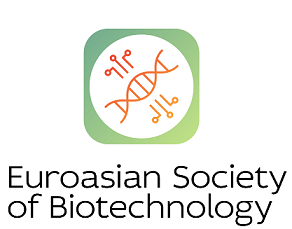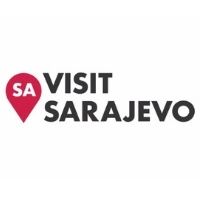Vrelo Bosne is a public park, featuring a spring of the River Bosna, at the foothills of the Mount Igman on the outskirts of Sarajevo, capital of Bosnia and Herzegovina. Vrelo Bosne, in the municipality of Ilidža, is one of the country's popular natural landmarks and provides a quiet escape from an otherwise busy city life. A Roman Bridge is located not far from Vrelo Bosne on the Bosna river in the Ilidža municipality, which was built sometime between 1530 and 1550 from the original Roman stones and ruins of the bridge that stood there during the Roman period used to connect the Romans with the village of Aquae Sulphurae at the time. Ilidža is also known to have been an archaeological site dating 2400–2000BC. The spring water at Vrelo Bosne is drinkable, however not recommended. On a typical year more than 60,000 tourists visit the park. The park is usually entered by foot or, for a reasonable price, by horse-carriage via the 3 kilometer straight main avenue (Velika Aleja) leading into it. The avenue itself contains traditional buildings from the Austro-Hungarian-era offering a peek into the luxuries of the past. The paths and roads inside the park are ideal for walks and bicycle riding and give the visitors the opportunity to take a closer look at the bubbling streams and waterfalls. Outdoor cafés and restaurants are available offering drinks and food but opening times vary from season to season. Typical animals are ducks and swans among others. During the Bosnian War the park was not maintained and trees were chopped and used for heating by the local citizens. In 2000 the park was restored to its former look by local youths led by an international ecological organization. Bosnia and Herzegovina national football team is known to hold their training sessions at the Vrelo Bosne park. Team also stays at near by Hotel Hercegovina.



Source: https://en.wikipedia.org/wiki/Vrelo_Bosne
The Sarajevo Tunnel was constructed between March and June of 1993 during the Siege of Sarajevo in the midst of the Bosnian War. It was built by the Bosnian Army in order to link the city of Sarajevo, which was entirely cut off by Serbian forces, with Bosnian-held territory on the other side of the Sarajevo Airport, an area controlled by the United Nations. The tunnel linked the Sarajevo neighbourhoods of Dobrinja and Butmir, allowing food, war supplies, and humanitarian aid to come into the city, and allowing people to get out. The tunnel became a major way of bypassing the international arms embargo and providing the city defenders with weaponry. After the war, The Sarajevo Tunnel Museum was built onto the historic private house whose cellar served as the entrance to the Sarajevo Tunnel. Visitors can still walk down a small length of the tunnel (approximately 20 metres). The "house" museum exhibits archival materials including an 18-minute long movie, war photographs, military equipment, flags, military uniforms, and flotsam and jetsam. In 2004, local planning authorities were seeking funding for a "full reconstruction of the tunnel" and the "construction of museum buildings at its entrance and exit points". Regarding the museum's purpose Vladimir Zubić, deputy of the City Council of Sarajevo, noted that the museum is "a reminder of everyone, so that a thing like this tunnel, that provided the people of this city with the minimum subsistence, will never have to be used again. It will be a place where younger people will be able to study a part of our recent past and it will be proof that this part of our history will never be forgotten". The house and the land around Sarajevo Tunnel's entrance are owned by Bajro Kolar, a local man who runs the private museum. In a documentary about the Sarajevo War Tunnel, he talked about his reasons for turning the house into a war facility. He said, "whatever we have, we gave for the defense and liberation of Sarajevo." Having existed for 15 years without any governmental financial support, the museum is becoming one of the most visited sites of the Bosnian capital, with hundreds of daily visitors. Many guided tours in Sarajevo include the Tunnel Museum as one of the war sites most worth visiting in the city. The museum is open to visitors every working day from 9am to 4pm.






